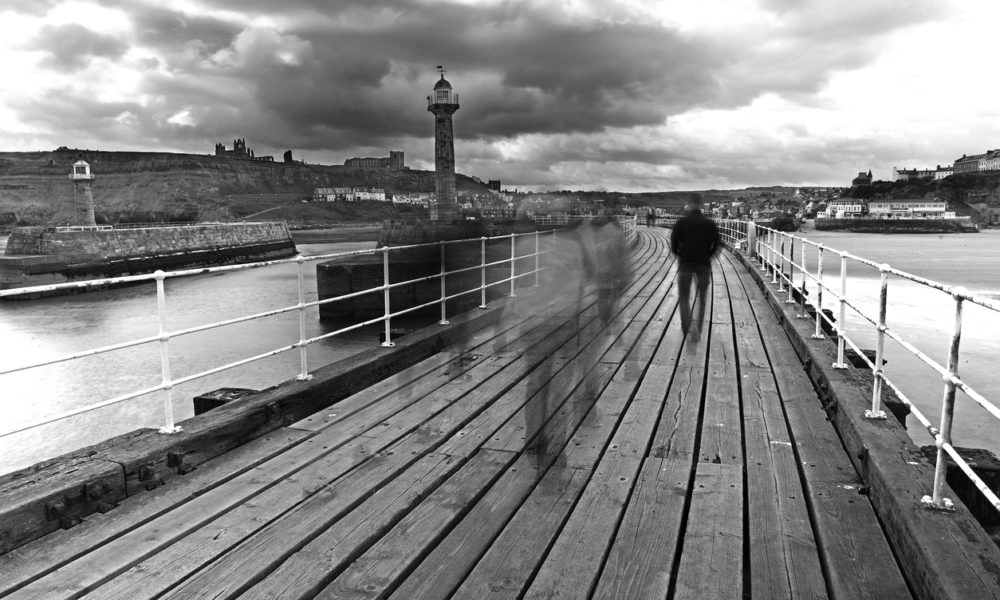English Heritage Sites near Whitby
Whether you’re a history buff, an architecture enthusiast, or just someone who loves to explore, you’re sure to find something to interest you at some of the English Heritage sites, within an hour’s drive of Whitby.
Of course, we must start with our own piece of Whitby’s history, Whitby Abbey!
Whitby Abbey is one of the most popular tourist attractions on the North Yorkshire Coast. The ruins of the abbey, which was founded in 657, offers stunning views of the Sea and the town of Whitby. The abbey is also said to be the inspiration for Bram Stoker’s Dracula. Visitors can explore the ruins of the abbey, learn about its history, and take in the views. There is also a visitor centre on site that houses exhibits about the abbey’s history and archaeology.
Wheeldale Roman Road is a mysterious mile-long stretch of ancient road sitting amid the wild moorland of the North Yorks Moors. The road is thought to be Roman, but its exact purpose and date of construction are unknown. The road is still relatively well-preserved, and it’s possible to see its hard core and drainage ditches. This is a fascinating historical site, and it is a great place to explore if you are interested in Roman history or simply enjoy taking a walk with amazing views.
Scarborough Castle was built in the 12th century and has been rebuilt and expanded several times over the centuries. Perched high above the sea, the castle offers stunning views of the town and coast from its viewing platforms. The castle has been used for centuries as a military stronghold and has also been used as a prison. Explore the remains and grounds, historical exhibits and during the summer months, guided visits are also available.
Pickering Castle can be found sitting on the edge of the moors in the popular market town of Pickering. The castle was built by the Normans under William the Conqueror in 1069–1070. The castle was used as a royal hunting lodge, holiday home, and stud farm by a succession of medieval kings. It was also used as a prison and local courthouse during the 16th and 17th centuries. Visitors can explore the ruins of the castle, including the keep, the chapel, and the Great Hall. There are also panoramic views of the surrounding countryside from the top of the motte.
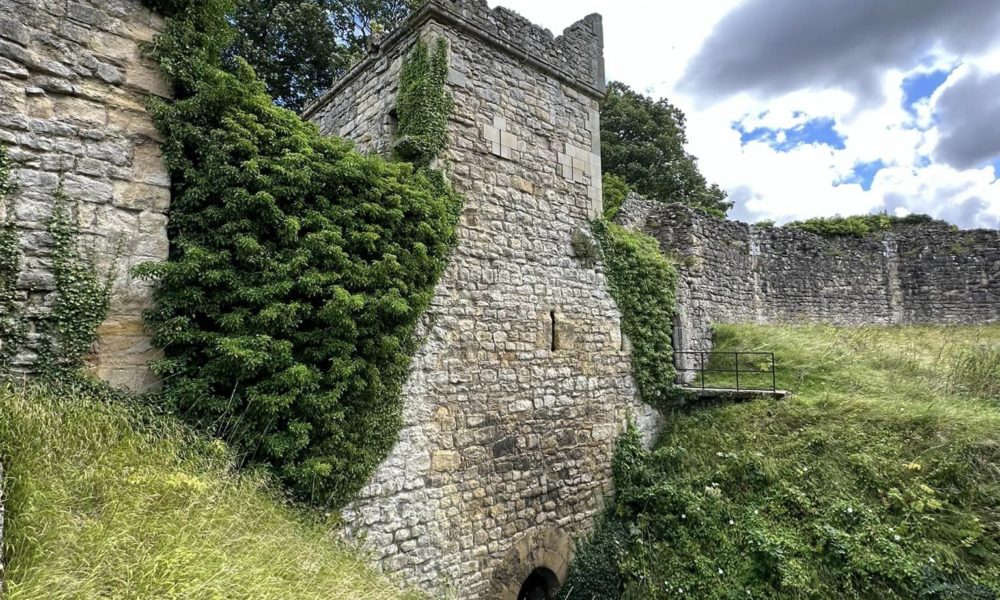
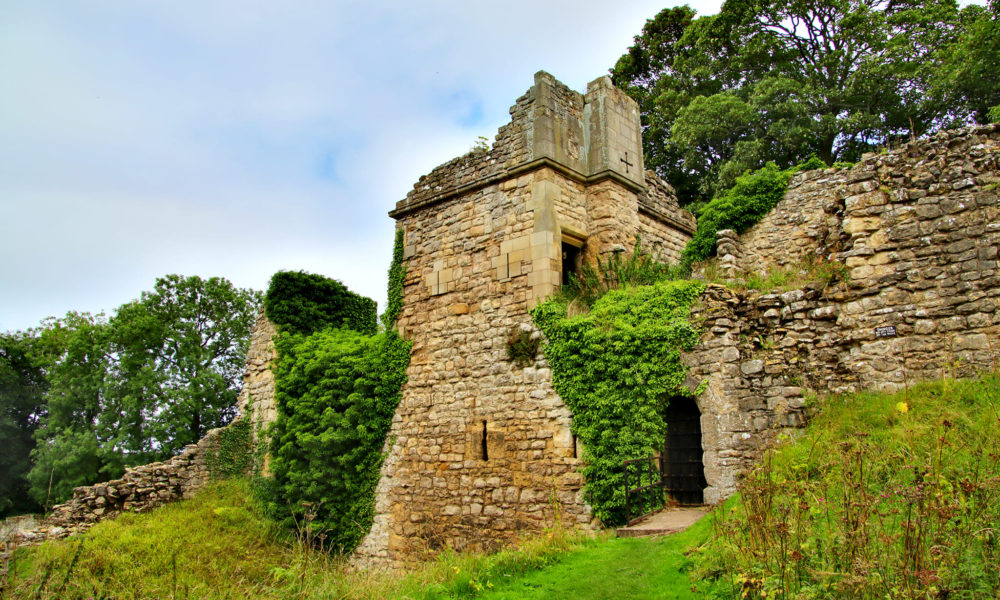
Pickering Castle
Gisborough Priory is a ruined Augustinian priory which was founded in around 1119 by Robert de Mowbray, the Earl of Northumberland. The priory was dissolved in 1540 during the English Reformation. Visitors can explore the ruins of the priory, including the chapter house, the cloisters, and the nave. There is also a museum on site that tells the history of the priory.
Rievaulx Abbey is a ruined Cistercian abbey. It was founded in 1132 by Walter de St. Gilbert, and it quickly became one of the most important abbeys in England. This is another abbey which was dissolved in 1538 during the English Reformation. Visitors can explore the ruins of the abbey, including the chapter house, the cloisters, and the church and the museum. If you’re looking for a unique and fascinating historical site to visit, Rievaulx Abbey is definitely worth a stop.
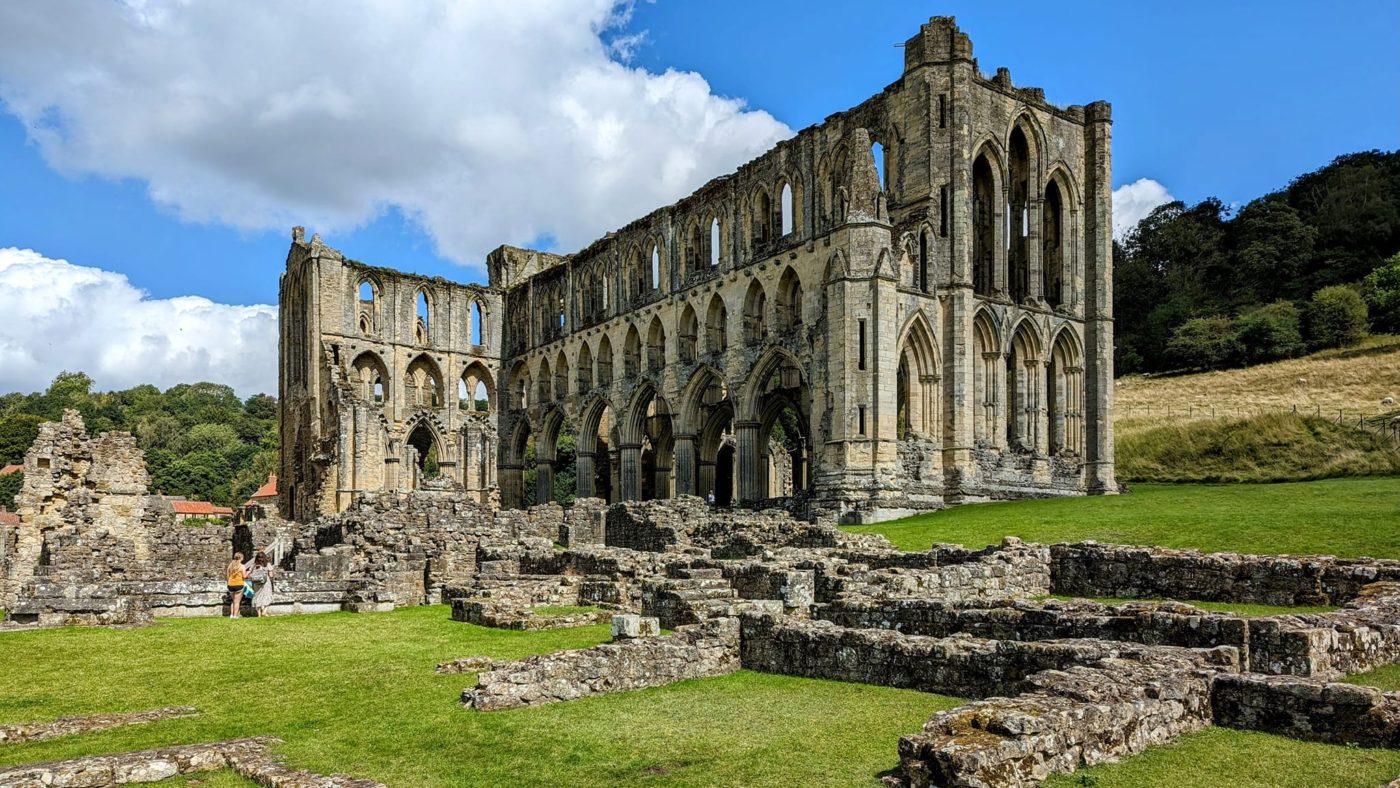
Rievaulx Abbey
Wharram Percy is a deserted medieval village that was abandoned in the 16th century, and has been excavated by archaeologists since the 1950s. Wharram Percy is one of the most important archaeological sites in England, and it provides a unique glimpse into medieval life. The village was home to around 300 people, and it had a church, a manor house, and several workshops. The villagers farmed the land, and they also raised livestock. Wharram Percy was a thriving community until the 16th century, when it was abandoned due to a combination of factors, including the Black Death, the Dissolution of the Monasteries, and the enclosure of common land.
Here you can explore the ruins of the village and learn about the lives of the villagers who once lived there, which gives a real insight into medieval life.
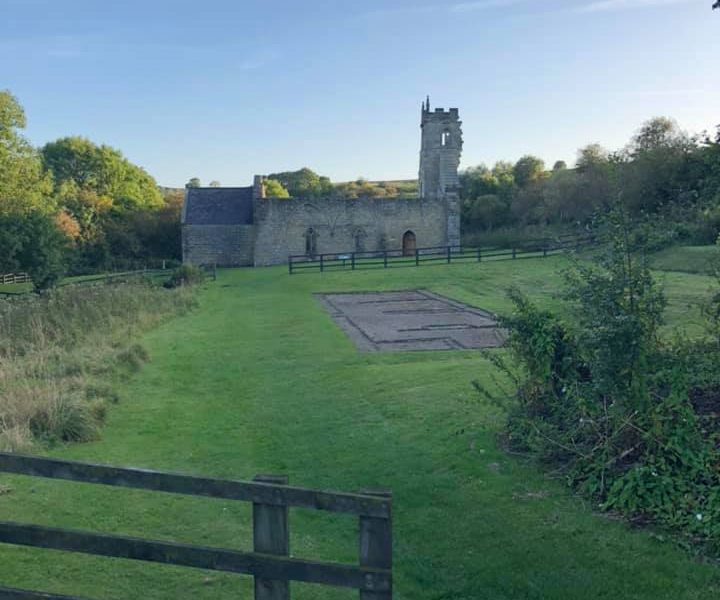
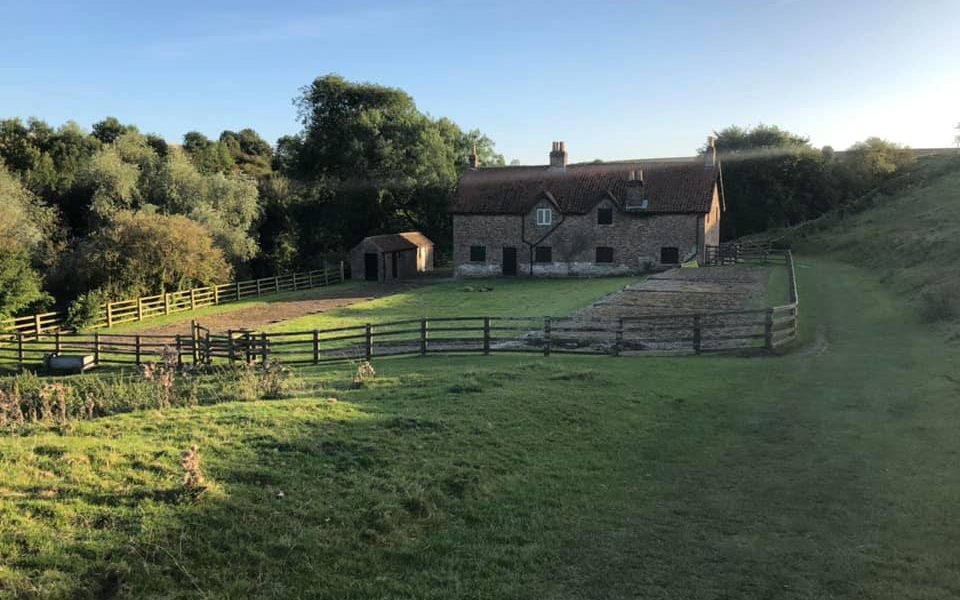
Wharram Percy.
Mount Grace Priory is a 14th century Carthusian monastery. The priory was founded in 1398 by Thomas Holland, 1st Duke of Surrey, and was dissolved in 1539 during the Dissolution of the Monasteries. The priory was home to a maximum of 23 monks, they lived in individual cells, which were arranged around a central cloister. The ruins of the priory are still impressive, you can see the church, cloisters, and monks’ cells. There is also a manor house on the site, which was built in the 17th century.
Burton Agnes Manor House is a medieval manor house in the village of Burton Agnes. It was built in the 12th century by Roger de Stuteville and is one of the oldest surviving manor houses in England. The house has a well-preserved Norman undercroft and a 15th century roof, as well as being surrounded by a moat. Behind the building is a rare example of an old water wheel that was worked by a donkey to draw up water from the well. It is now a Grade I listed building and is open to the public.

